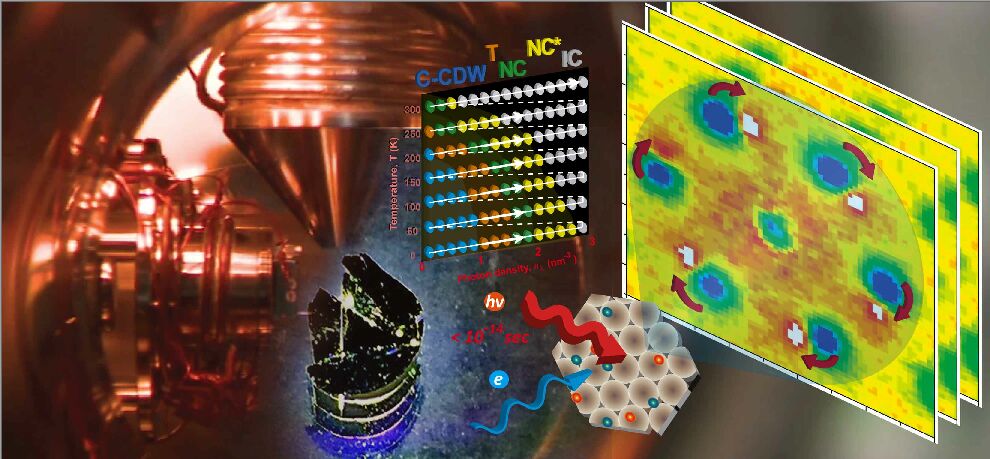Laboratory for Ultrafast Nanoscale Imaging and Spectroscopy

Our laboratory conducts research on nanoscale material processes at the fundamental length and time scales. The research facilities we are developing provide us the ability to generate snap-shot atomic-scale images to capture the defining moments of physical and chemical processes of significance to nanoscience and technology. Specifically, we would like to understand the mechanisms of phase transitions (atomic and electronic) in low-dimensional systems, the photo-generated hot electron dynamics at interfaces, and the far-from-equilibrium phenomena that involve multiscale, intercorrelated channels of atomic and electronic relaxations following the creation of an excited state in complex and mostly nanostructured solids.
The potential for directing the macroscopic phase and charge flow through photo-activation of atoms and electrons at the microscopic level in uniquely structured and composed materials accounts for a large body of technological applications, such as optical switching, data storage, nanoelectronics, photovoltaics, photocatalysis, as well as understanding basic sciences, such as generating mechanisms in functional materials exhibiting multi-ferroicity, superconductivity, macroscopic charge, and spin orders, and exploring exotic phases of matter far-from-equilibrium.
These research efforts are intimately coupled with the continuing development of ultrafast diffraction, imaging, and voltammetry techniques to provide the necessary resolutions and throughput to resolve the structural, electronic, and charge dynamics on the femtosecond to nanosecond timescales.
For more information on our recent works, see some of the highlights.
Contact Information
Phone: 517-884-5655 (Office, 4222 BPS)
517-884-5691 (Lab, B106 BPS)
517-884-5584 (Lab, 1219 BPS)
Fax: 517-353-4500
E-mail: ruanc@msu.edu
For Mailing
Department of Physics and Astronomy
Michigan State University
Biomedical Physical Sciences
567 Wilson Rd., Room 4222
East Lansing, MI 48824
Funding / Support provided by
Department of Energy, Basic Energy Sciences

National Science Foundation through Division of Material Research

Michigan State University Foundation through Intramural Research Grant and Strategic Partnership Grant

American Chemical Society Petroleum Research Fund
